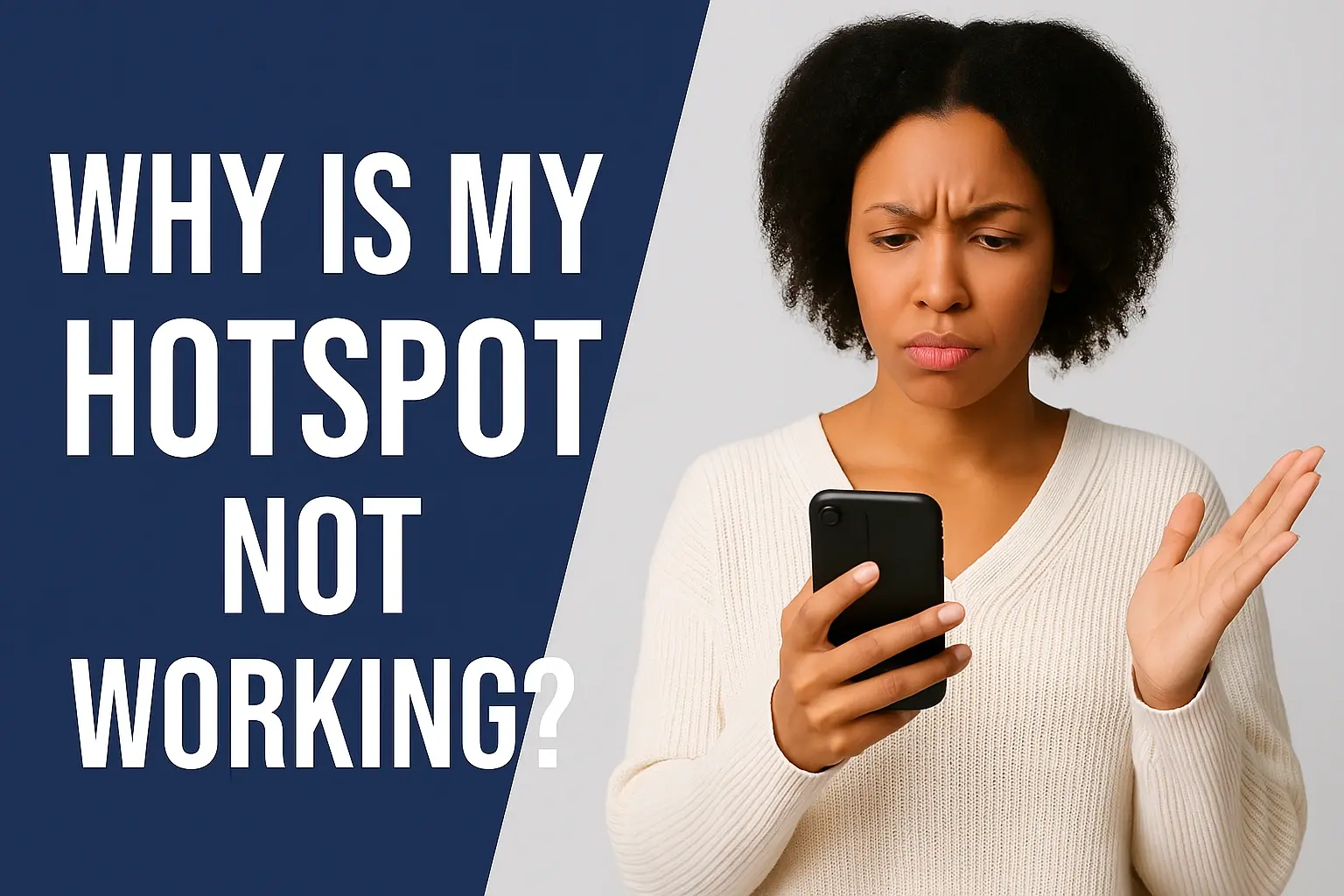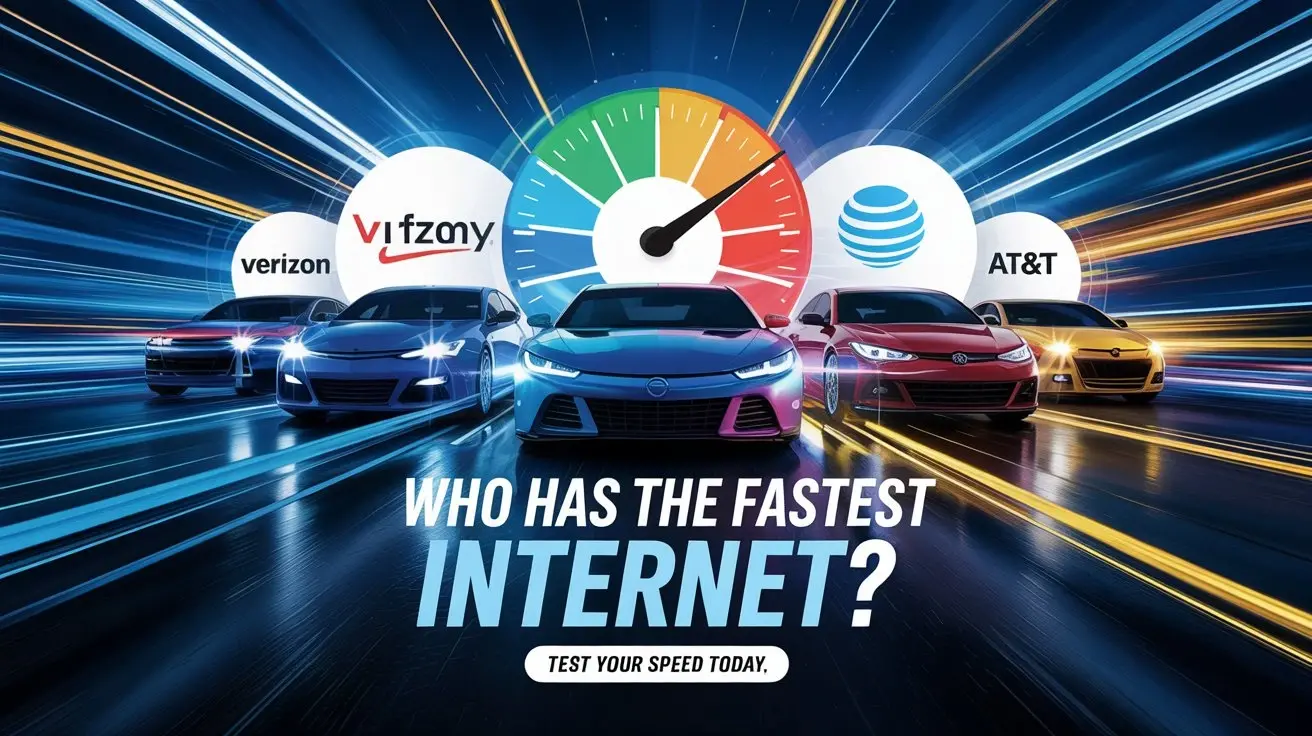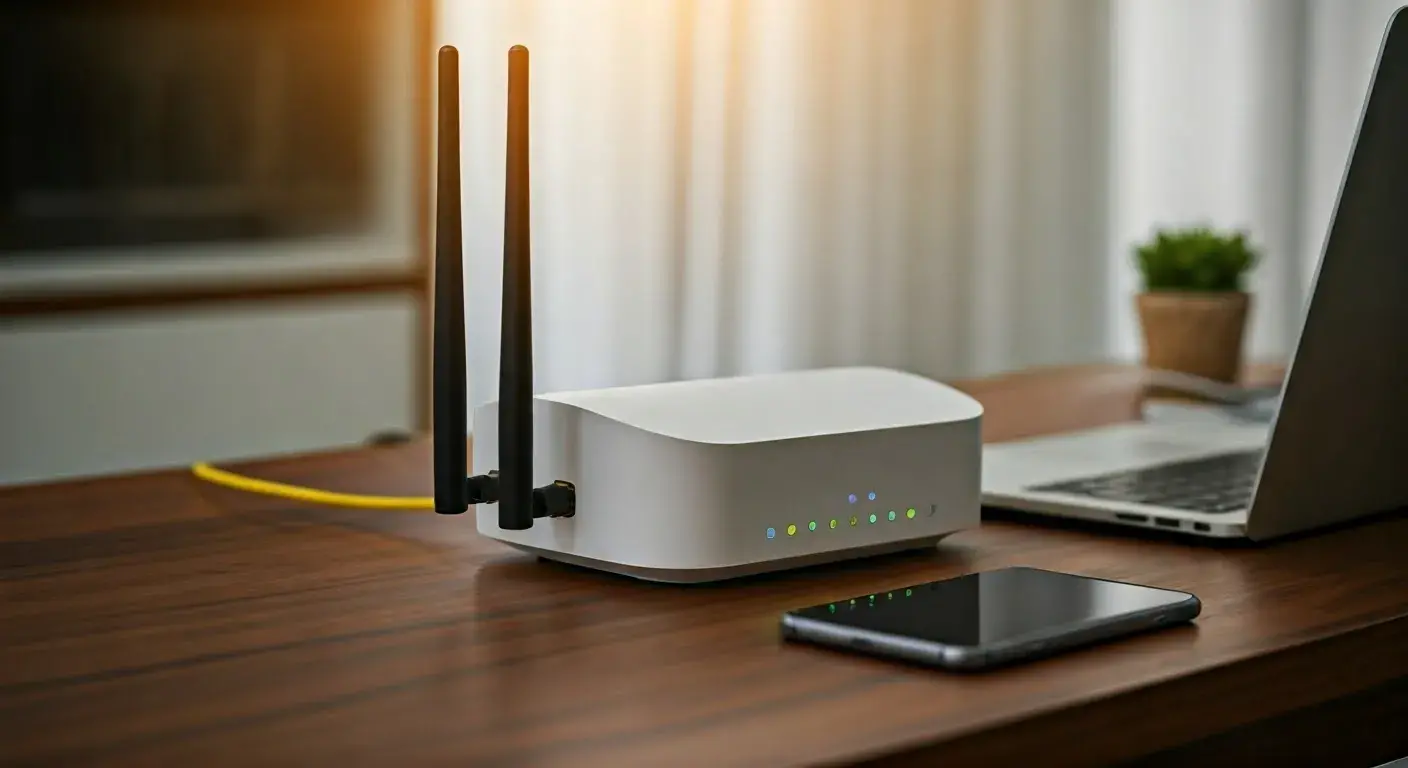How much longer will landlines be around?

How much longer will landlines be around
Telephones themselves have been around for many years whether in homes or office buildings through that wired phone system. Nonetheless, mobile phones and other internet phones are becoming more popular these days, a trend that has been on the decline for the past 15+ years. This brings the question of how much longer the landline phones will remain relevant in society.
The reach of landlines has been steadily declining over the years, and the lowest point was recorded in the year 2000 when 94.5% of the households boasted of having a landline. Ever since, the figures have reduced annually, meaning that the proportion of those working is much lower than those in other nations. Currently, only three in ten homes in the United States have a telephone connection that is a fixed telephone line, which is still quite a dramatic decline. Most people now depend on their phones, particularly smart ones, for almost all their communication needs. As it stands, the reasons are fundamental and revolve around the issues of cost, convenience, and technological changes.
The main cause of the decrease in landlines can only be attributed to mobile replacement, where people have eliminated the need for a landline since their cell phone serves as a replacement for the line. Present statistics show that, according to the Wireless Broadband Access report of the FCC in 2021, more than 60% of adults dwell in wireless-only homes. People like the idea of carrying their phones with them as opposed to having them installed in fixed locations, such as in homes and offices, as is the case with landline phones. Modern smartphones are equipped with so many features and functionalities that a person can work on a mobile device, and they do not even need a home phone line.
On the cost front, landlines have also become less attractive than cheap cell phone tariff plans, VoIP services, and home internet service/TV packages that do not include the basic telephone service. The base price of PTSN landlines, which are also referred to as traditional telephoneconnectionss are usually priced between $30 to $50 per month, and these are costs that have already been subjected to fees and taxes. Most cheap and affordable unlimited talk/data/text with a prepaid cell phone can be found below $25 per month. VoIP providers such as Ooma can make a landline over a broadband connection, which does not cost thousands of dollars but monthly fees. This has been driven by the need to realize cost savings through the implementation of these alternatives.
Fiber optics and 5G networks have also begun the phase-out process due to technological advancements. This is while areas of high-speed internet access across the nation continue to expand, digital phone connectivity can prosper, while the PSTN analog landline infrastructure languishes. Some cable providers offer telephone service that is provided together with the internet and cable television services – although the telephone is provided over a coaxial cable line, it works like traditional wired telephones. These packages encourage the consumer to move to the newer way of handling phones, the internet, and television. This takes place in new, simplified bundled solutions.
On the business side, POTS (Plain Old Telephone Service) landlines are also in the same mobile phasing out category because businesspeople have found smartphones efficient for business communications on the move. Advanced and flexible business Phone Systems, inclusive of VoIP and cloud business phone systems, have also expanded, now adopted by over 60% of organizations – a position that poses a great threat to more traditional business landlines. However, there are certain sectors where the majority of the population still uses the landline phone, namely the health sector, the financial sector, and the government. These sectors may not see complete swapping anytime soon due to matters of security, dependability, and regulation.
The trend of decline is expected to persist so that by 2025, only 13-15% of U.S households are expected to be its subscribers. Five years down the line, a minuscule 1% of all Americans will still be using a home landline. However, the complete annihilation of those dinosaurs is not near, thanks to the rural infrastructure voids and service die-hards.
Some rural markets cannot afford mobile/internet infrastructure to make the shedding of landlines a non-disruptive decision. Others will never feel comfortable with it, like the elderly who have grown up with home phones and might never feel good about ‘cutting the cord’. These dynamics should prop up landlines to at least some extent over the next decade while serving a diminishing share of the populace. Whether a slow and steady development slowly becoming a barely recognizable remnant of what it once was or a dying breed standing as a telephone pole landline carving the public utility in neighborhoods for years to come, landlines are not nearly as prevalent as they once were in homes across the country in the peak of their popularity.
In your opinion, what is the final impetus that will push the masses to further cut their ties with the once-popular landline? Is cost creep the driver of the transition to lower-priced cellular plans? Are additional cable companies discontinuing two-way integrated cable/video/phone services with POTS elements? Are rural buildouts of cell towers/connectivity erasing mobile/internet gaps? Cultural inertia diminishes when only youth with cell phones experience become the ones to run the country. The exact time frame may not be clear, but the decrease in the use of landlines showed consumers changing their technology use that will not turn back anytime soon. Their days operating to meet the needs of the people are limited as mobile and internet solutions become more widely used every year. Inevitably, the traditional landline phone will be phased out and turned into a retro item, albeit if the concept of landline is not completely done away with for unique applications. For the average middle-class or below-average-income households that are itching to cut costs and move with the modern generation, the question, therefore, is not if but when they will finally let go of their cherished landline.
Upgrade to faster, more reliable AT&T Fiber Internet today! Call us at +1 844-905-5002 and get connected with speeds that keep you ahead.





